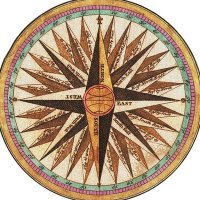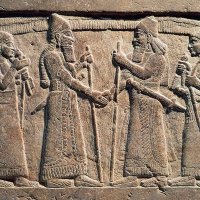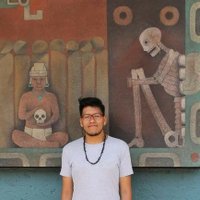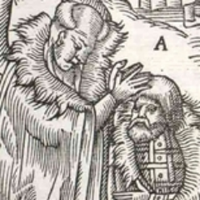
Pepe Tequilas
@yacatzoh
Silvestre y revuelto, en el camino, forjando trayectorias.
ID: 1631901581686833154
04-03-2023 06:17:40
2,2K Tweet
68 Followers
654 Following




















@yacatzoh
Silvestre y revuelto, en el camino, forjando trayectorias.
ID: 1631901581686833154
04-03-2023 06:17:40
2,2K Tweet
68 Followers
654 Following


















